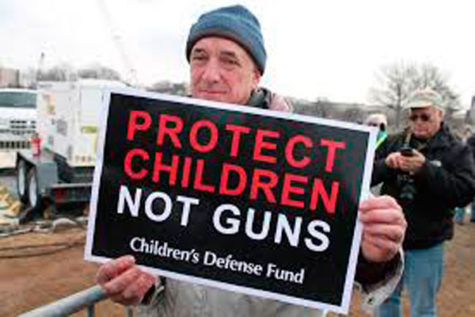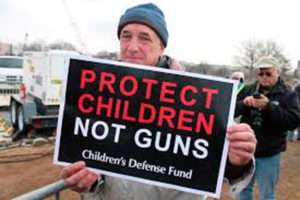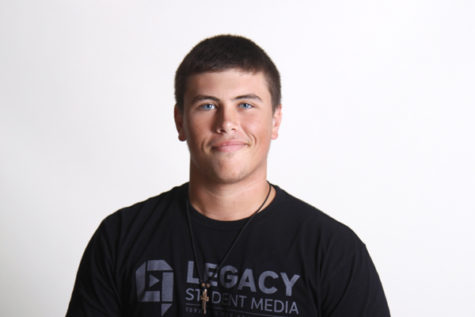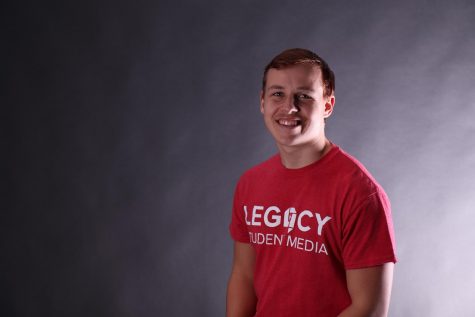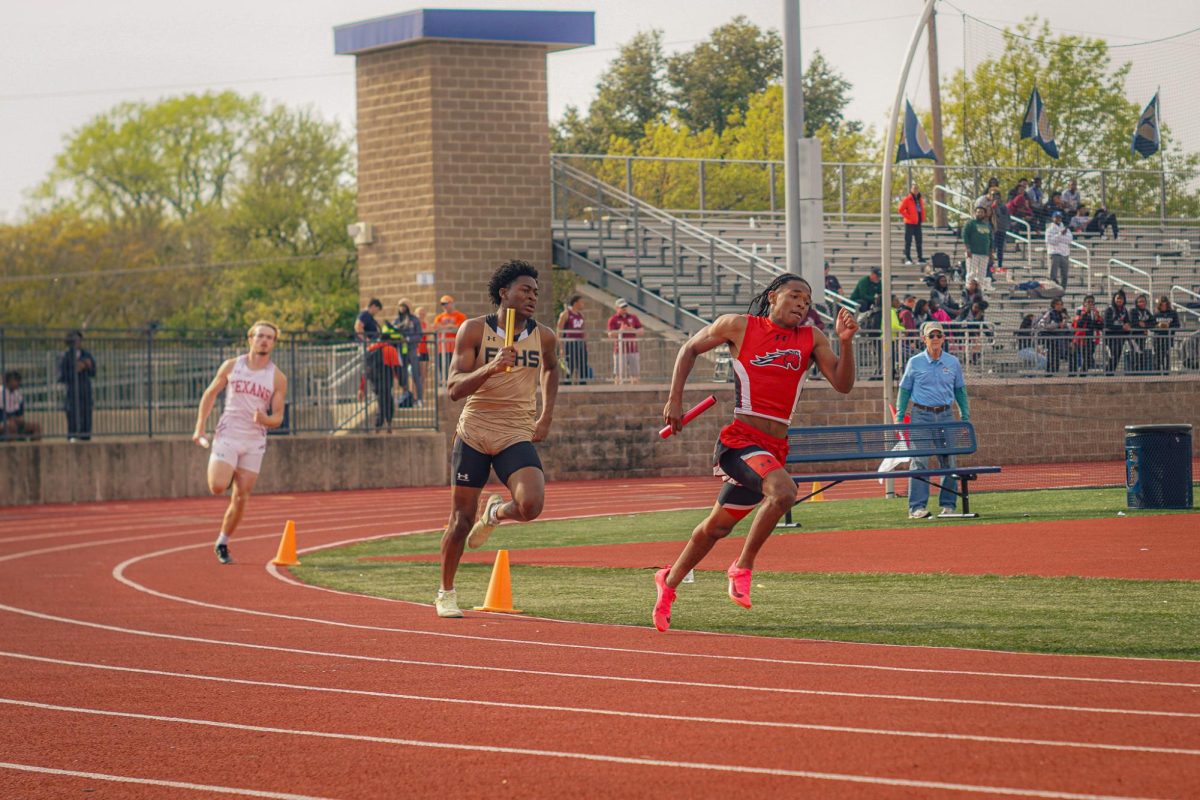Pro: Armed and Vigilant

Photo courtesy of Wikimedia Commons
April 4, 2018
Absolutely.
Specifically and strenuously trained educators who care more about the lives of their students than their own, who are willing to face the possibility of putting themselves in harm’s way to protect America’s future, can answer almost any threat. An armed presence on campuses maintains a major deterrent to possible attackers, and many states and school districts have already placed school security marshall programs into law. Coach Rod Nutley agrees weapons on campus are necessary and beneficial, if handled properly.
“I would be for it. The ones, of course, that are trained and understand what they’re doing, but I think there’s certainly a place for an armed presence on the campus,” Coach Nutley said. “Now, we’re fortunate here we’ve got the police officers, but I definitely think that campuses ought to have an armed presence.”
First, examine some of the benefits of arming educators. In this hypothetical, schools do arm teachers: the news will spread, and the armed presence will become a deterrent. Most schools are soft target with minimal protection. If a shooter knew that schools actually gave a firearm to a teacher to use against them, simply knowing that the cost of instituting a massacre had increases could deter them from attacking at all. Schools would have a counter for their attack and soft targets would become brick walls.
“I think it would work, and I’m for it, but the teachers would need more than just CHL training, they need, actually, to be trained to engage active shooters,” Chemistry teacher Mr. John Szoztek said. “A school’s a soft target, so it sets up a real deterrent for a possible shooter to know there’s enough defense inside the school, and to have that number of police officers in the school is just impractical financially. That’s why I think it would work with teachers.”
This process, of course, would not be forced on all teachers. It would be strictly volunteer, but to even qualify for the program, strict training, extensive background checks, physiological analysis, and perhaps even an ethics seminar would be prerequisites, and out of these tests, a few would be chosen. These tests could be administered during the summers, or over breaks. The participants would be required to obtain a Concealed Handgun Licence, but the training would be far more intensive than just a CHL. Combat training, high intensity situational drills, and even some emotional preparation would be necessary for the participants to even come close to graduating. All in all, the teachers carrying guns would be highly qualified, extensively trained, and not lightly chosen for the task of protecting the future.
“I’d want them, obviously, to have the proper firearms training, and then an understanding about rules of engagement,” Nutley said. “So, just that type of training. I wouldn’t want to arm people just to arm people. I want people who know how to use a firearm, and then, of course, when it’s appropriate to use, and so forth.”
The armed teachers would function secretly, akin to air marshals. They would still need to receive every ounce of training, but there’s no attention drawn because the marshall is anonymous. So, if the time ever comes, someone will be ready to respond without the students or anyone else knowing who it is. This would protect the teacher in the program, and would also further deter a possible assailant. Coach Michael Keel remains hesitant about arming teachers, but agrees that mystery would be key.
“I don’t feel comfortable, but I do understand the point of view for smaller schools,” Coach Keel said. “It’s kind of like the marshals on an airplane. You don’t know who it is, but you know that somebody is carrying.”
In 2013, the 83rd Texas Legislature passed a law that permits public school districts to appoint school marshals. It states that the school or institution who selects a candidate must send this person to an 80-hour training course that is conducted by a law enforcement academy. Many schools may have taken advantage of the program secretly, and have exponentially heightened the security of their campuses. Mr. Szostek still believes an armed presence has to appear somewhere.
“As far as all our other security, it’s great, but if someone really wants to get in the school, they’re going to get in the school,” Szoztek said. “At that point, you’re going to have to have someone intervene before the police arrive.”



